THIS POST is part of a series describing the rule changes I’ve made for my current fantasy role-playing campaign. “Kilgore’s Dungeons & Dragons,” or “KD&D,” is a full-fledged variant of the 1st Edition Advanced Dungeons & Dragons game initially released in 1977. Feel free to use some or all of these rule changes for your own D&D gaming, no matter what edition you play.
As I described in the inaugural post to this series, I’m running a 1e AD&D campaign for my friends. While I’ve always enjoyed AD&D, the game system itself can be clunky and difficult, and some parts are, frankly, lame.
To make what I consider to be improvements to the core rules, I’ve borrowed ideas from issues of Dragon magazine and later D&D editions, and have come up with a few of my own. My operating motto for re-tooling the game is to make it, “Simpler & Better.”
Last time out, I looked at fighters, paladins, and rangers. This time, I’ll describe the many changes I made for thieves and assassins. As I mentioned in Part 3 of this series, I do not permit thief-acrobats in my campaign, because that split-class from the Unearthed Arcana supplement was never popular with my players, and I don’t feel it’s necessary or interesting.

The Problem with Thieves (Hint: It’s Not That They Steal)
I have several issues with how thieves and assassins were presented in AD&D. The paramount one is that despite their good options for weapons, and the potential use of poison, they’re not impressive in combat.
“What about backstabbing and assassinating?” you might ask. Those are great if a situation presents itself, and if the thief/assassin can surprise the opponent, but other than that? Not really.
Thieves as written have mediocre hit points, poor armor, and the third-worst combat table, behind fighters and clerics. Their ineffectiveness doesn’t make sense to me; wouldn’t hardened criminals be better at fighting and killing than priests who spend all day praying?
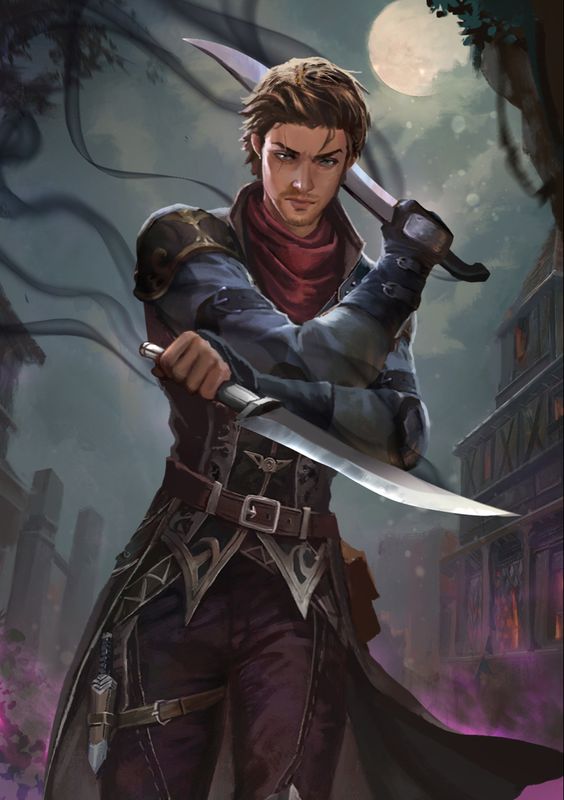
Combat for Thieves & Assassins; or, Flipping the Tables
The 1e AD&D Players Handbook envisioned the cleric as a “fighting friar”-type of character who took an active role in combat, having 8-sided dice for hit points, and being well-able to swing a weapon. Clerics in my campaign often don’t fit that mold (which I’ll discuss in a future post), so it makes more sense to me that clerics and thieves/ assassins switch some of their combat benefits.
Thus, thieves and assassins get d8 for hit points each level, while clerics get d6. Also, thieves and assassins use Table I.A., “Attack Matrix for Clerics, Druids, and Monks,” on page 74 of the Dungeon Masters Guide, to determine numbers they need “to hit” against various Armor Classes. Clerics now use Table I.D.1, the former “Attack Matrix for Thieves and Assassins.” Thief-types are now much better in combat than they were, because now they use the second-best fighting table.
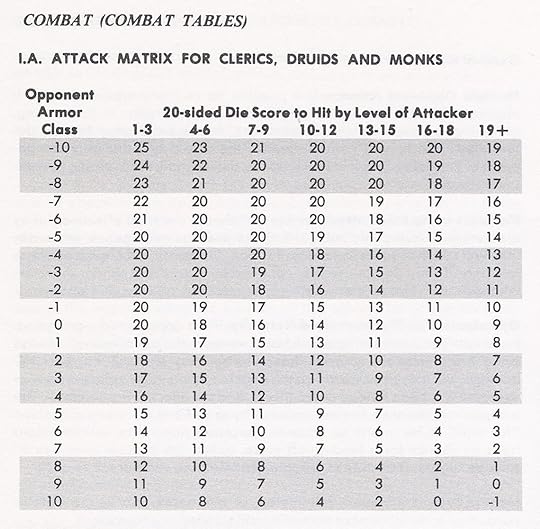
However, I don’t want them to be too good, so I haven’t done anything about improving their options for wearing armor. According to Unearthed Arcana, thieves and assassins can technically wear other than leather, but in doing so, they would suffer significant penalties to their thieving abilities, and I’m all kinds of good with that. The three thief-types that we currently have in our campaign either wear leather or none at all.
Nor have I messed with the weapon options or number of weapon proficiencies available to thieves and assassins: I think all those as given in the PHB and UA are fine. An adjustment I’ve made for my campaign is that only assassins can use poison.
So, while thieves and assassins have gotten better at fighting, they still usually aren’t a match, one-on-one, with a fighter, paladin, or ranger of equal level. With their greater hit points, better options for armor and weapons, possible bonuses for weapon specialization and/or exceptional Strength, and catalog of Fighting Feats (see my last post), fighter-types almost always mop the floor with thieves and assassins in straight-up melee. Which is why no thief-type with an Intelligence score above 3 would opt to get into such a scrap, at least not without backup, or without a dirty trick or two up their sleeve….
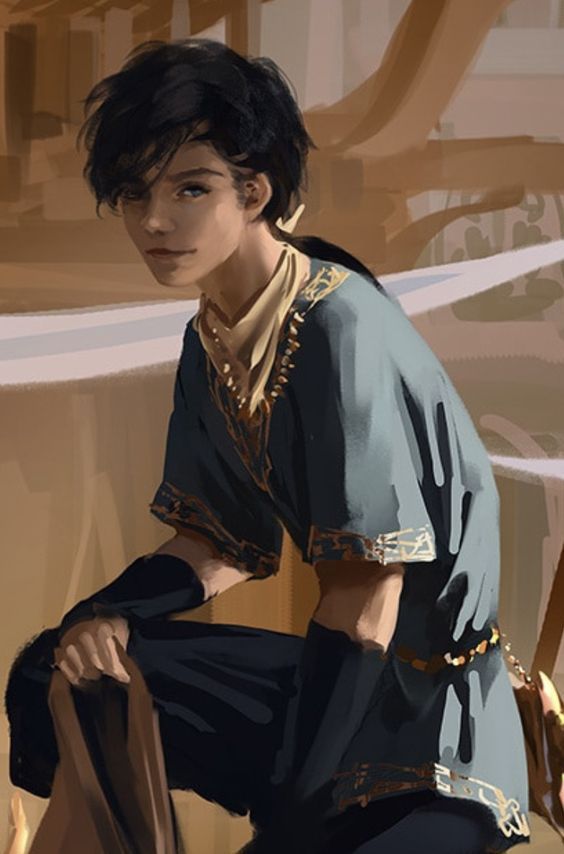
Making Thieves “Simpler & Better”
In addition to combat, I’ve done some other tinkering with thieves.
Races. In the PHB, it stated that a member of any race can be a thief, but I’ve ruled that this is the “favored class” of halflings, so these characters get a 5% bonus to experience points. This can be combined with the 10% bonus to experience points for having a 16+ Dexterity. Combine all that with the very lenient experience points requirements for each level (see Thieves Table I on page 27 of the PHB), and a halfling thief in my campaign can rapidly advance.
Alignment. While most NPC thieves in my game are of neutral or evil alignments, player-characters can be any non-evil (I don’t allow evil PCs—they just lead to trouble). It’s hard for me to imagine how a Lawful Good thief would act—maybe they only steal from bad guys, and donate all their loot to the poor?—but I’ll allow it.
Abilities. I don’t have any heartburn with most of the thief abilities—Pick Pockets, Open Locks, Find/Remove Traps, etc.—and I adjudicate them as per the notes on pages 19-20 of the DMG. The only adjustments I made were to Move Silently, Hide In Shadows, and Back Stabbing.
When attempting to surprise opponents, I let thieves (and assassins) use their Move Silently (for melee) or Hide In Shadows (for missile weapons) scores to determine whether or not they take their target unaware.
The chances to succeed are doubled if the thief is invisible (either by spell or magic item), and the intended victim does not possess superhuman senses of smell or touch that allow them to more easily detect the approaching thief. An invisible thief of decent level should be easily able to sneak up on a foolish merchant taking a drunken stroll down a dark street, but will find themselves sorely out of luck if attempting to surprise an awake dragon in its den.
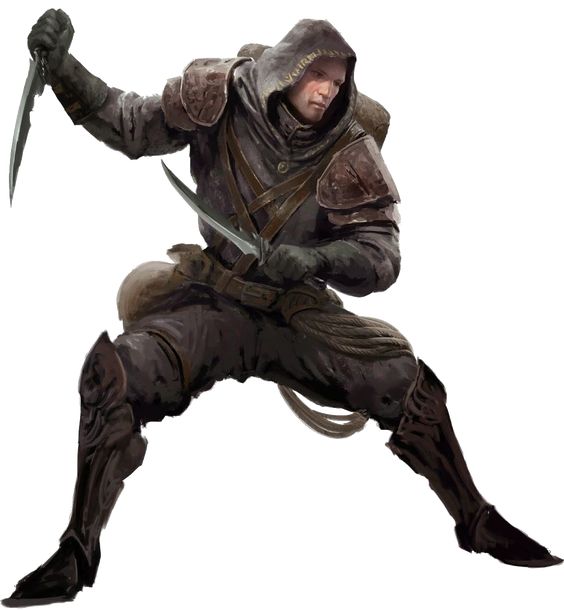
Back stabbing. Hand-in-hand with Move Silently and Hide In Shadows is that I’ve renamed and expanded “back stabbing” into “Surprise Attack.” It works much the same, except that thieves don’t have to physically be behind their intended victim.
They can be seated next to them; or even standing in front of them, seemingly having a normal conversation, until suddenly, the thief pulls a blade. If the target is surprised, the thief gets +4 “to hit,” and can do multiple damage. Unlike regular back stabbing, Surprise Attack can be done with missile weapons, so a thief can even be in a window overlooking an alley, firing his or her short bow on someone below.
Determining whether the target is surprised is done depending on the situation. If the thief is approaching an unsuspecting victim in broad daylight, then a normal surprise roll of d6 is made, and on a 1 or 2, the target would be surprised. If the thief is creeping up on someone from behind, in the dark, then they use their Move Silently score to determine success. Or if they are firing from a leafy tree, they use Hide In Shadows.
If the thief has multiple attacks—they’re under a Haste spell, or are fighting with two weapons, or they’re using a bow—only one strike per person counts as a Surprise Attack, getting the +4 bonus “to hit” and multiple damage.
However, a thief who has multiple attacks and who has surprised more than one target can use a Surprise Attack for each strike. For example, if a thief carrying two daggers slips up unnoticed behind a pair of orc guards standing side-by-side, he or she can make Surprise Attacks against both at the same time.
Thieving Styles
Another big problem I have with thieves is that they can be boring. As given in the books, a thief is a thief is a thief is a thief: they don’t have much to distinguish themselves from each other. They all have the same skills, and at comparable levels, they perform them all with about the same rate of success. The only adjustments, if any, are for race and dexterity.

To make thieves more distinctive, I’ve developed four optional “Thieving Styles” that PCs (and NPCs) of this class can take, in a similar vein of fighters specializing in a weapon, or magic-users specializing in certain types of spells. The decision to take a thieving style must be made when the character is created, and cannot be changed later.
Each style concentrates on a particular skill or set of skills, improving the thief’s chances in that area. Because the character is assumed to spend more time focusing on those skills, however, they have less time to devote to others, and thus, are not as proficient with them.
The four Thieving Styles and their features are:
The Pick Pocket earns most of their ill-gotten gain by stealing from passers-by, in crowded markets and other places where it is easy for them to closely approach others, filch coins or small items, and get away unnoticed. Many halflings prefer this Thieving Style. A Pick Pocket gets a +20% bonus to all such rolls, and if an attempt fails, is granted one automatic reroll, even if the first, failed roll would have resulted in the target noticing the pick pocket attempt. The Pick Pocket has a -10% penalty to all other thieving abilities.
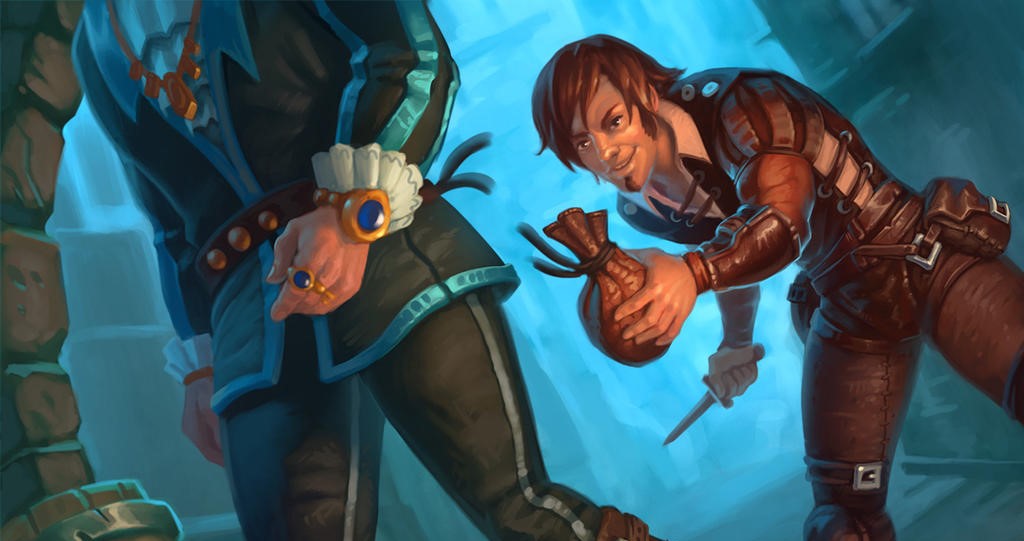
The Gadgeteer is skilled in all thing mechanical, enjoying the challenge of picking locks, cracking open safes, and detecting and disabling (or setting!) traps. This Thieving Style is preferred by dwarves and gnomes. The character receives a +15% bonus to their rolls for the skills Open Locks, and Find/Remove Traps, and is granted one automatic reroll in the event of a failed dice roll. The Gadgeteer has a -10% penalty to all other thieving abilities.

The Cat Burglar specializes at sneaking into inaccessible places and moving about undetected. Elves and half-elves prefer this Thieving Style. The Cat Burglar receives a +10% bonus to the skills Move Silently and Hide In Shadows, and is allowed one automatic reroll of any failed attempt for either.
In addition, the Cat Burglar receives a +5% bonus to Climb Walls, again, with an automatic reroll of failed attempts (but see page 19 of the DMG for modifiers based on conditions of the surface being climbed).
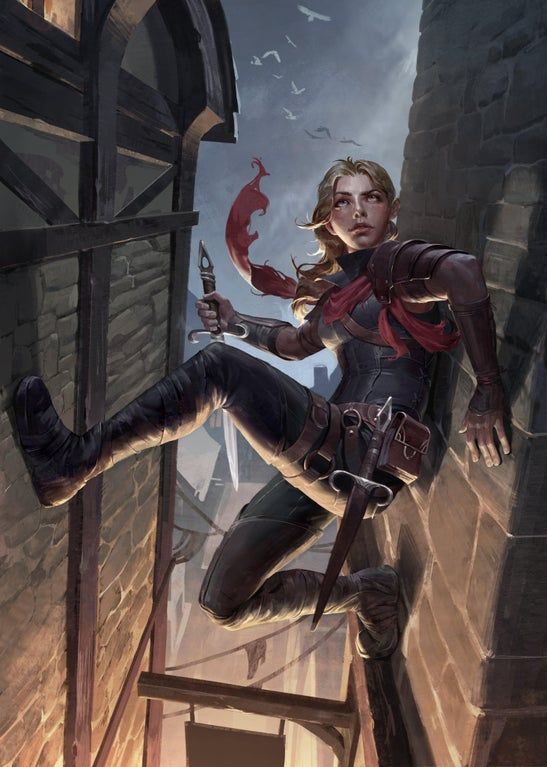
Like their namesakes, Cat Burglars are trained to land safely, so should the Cat Burglar fall from any height, they are allowed to deduct 1d6 for every one of their experience levels from the damage they take.* Thus, a 4th level thief who has the Cat Burglar style deducts 4d6 hit points from falling damage they take. The Cat Burglar has a -10% penalty to all other thieving abilities.
*Normal damage from a fall is 1d6 at 10′ height; 3d6 at 20′ height; 6d6 at 30′ height; 10d6 at 40′ height; 15d6 at 50′ height; and 21d6 at 60′ height and higher.
The Confidence Artist is glib, charming, persuasive, and usually physically attractive, easily able to “read” people and tell them what they want to hear. This skilled liar is often able to persuade others to do almost anything the Confidence Artist suggests, including “investing” in the thief’s fraudulent “business proposals,” or even granting the thief positions of authority (which they will abuse for their own benefit).

The Confidence Artist gains a +10% bonus to all NPC reaction rolls, in addition to other bonuses for high Charisma (a must for this Thieving Style). Reliance on their interpersonal skills has dulled the thief’s other abilities, so they must accept a -10% penalty on all the usual thieving abilities (Pick Pockets, Open Locks, Find/Remove Traps, etc.).
Making Assassins “Simpler & Better”
The assassin was a controversial character class in 1e AD&D, and was removed during 2nd Edition, only to return in later iterations of the game. I’ve always liked them, and they’ve been popular with my players over the decades that I’ve been a DM. Still, they could use some tweaking, in addition to the adjustments to their hit dice and combat tables that I described previously.
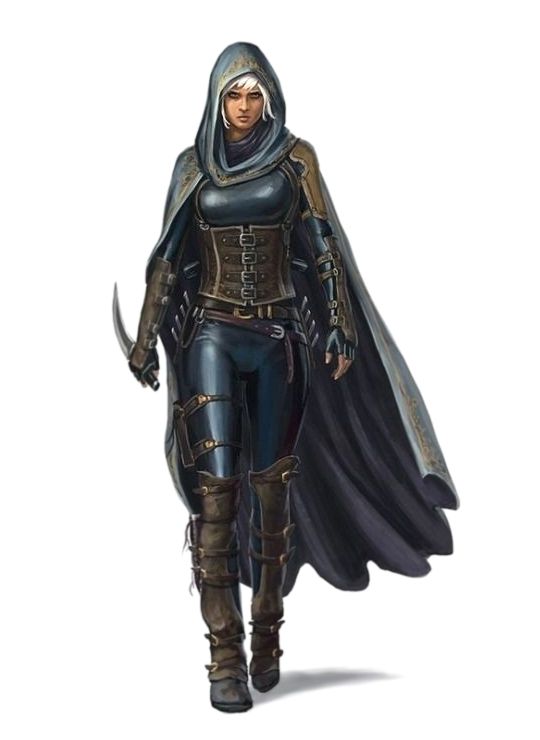
One of the biggest changes I’ve made is that a player character assassin does not need to be of evil alignment (though most NPC assassins are). Originally meant as one who murders for money, the definition of the class is expanded (in my campaign) to be a person who kills by stealth instead of by muscle or skill at arms. So, yeah, halflings can be assassins—and they’re darn good at it!

Poison. As I mentioned, they’re the only character class in my game that can use poison, and even they have to be careful with it. Any time an assassin tries to use poison, they have to make a Dexterity check, rolling a d20. If they roll above their Dexterity score, they’ve accidentally poisoned themselves, nicking themselves on their weapon, spilling a drop or two on their bare skin, or something like that. In which case, they suffer the effects of the poison, perhaps needing to make a saving throw, or taking damage, even dying.
I’ll have more about poison in another post, but for now, all I want to add is that I never use the rules found on page 29 of the PHB for others noticing and reacting to poisoned weapons. They’re just too much hassle to remember in the heat of play.
Assassination. To further differentiate them from thieves, assassins in my campaign don’t have the back stab or “Surprise Attack” ability. If they surprise an opponent, they just go right for the kill, rolling on the Assassination table from page 75 of the DMG. If this attempt fails, the assassin still inflicts double damage.

Bear in mind that surprise assassination attempts hit automatically, can involve poison, and can be made with missile weapons. Played properly, assassins are quite formidable!
Languages. I don’t use alignment languages in my campaign, so instead, an assassin of 15+ Intelligence and at least 9th level can learn additional languages, as described on page 29 of the PHB.

Assassin Styles
Similar as to how I did for thieves, assassins in my game have the option of choosing one (and only one) of the styles described below for how they go about their work. If the player decides to take one for their character, they have to do so when the character is created, and they cannot change it later.
The Poisoner is knowledgeable about a range of toxins, including those put in food or drink, or used on weapons. The victims of an assassin of levels 1 to 5 who has taken this style suffer a -1 (in addition to any other penalties that a particular poison may have) to their poison saves. The poison of an assassin of levels 6-10 has a -2 save, and the poison from an assassin of levels 11-15 has a -3 save.
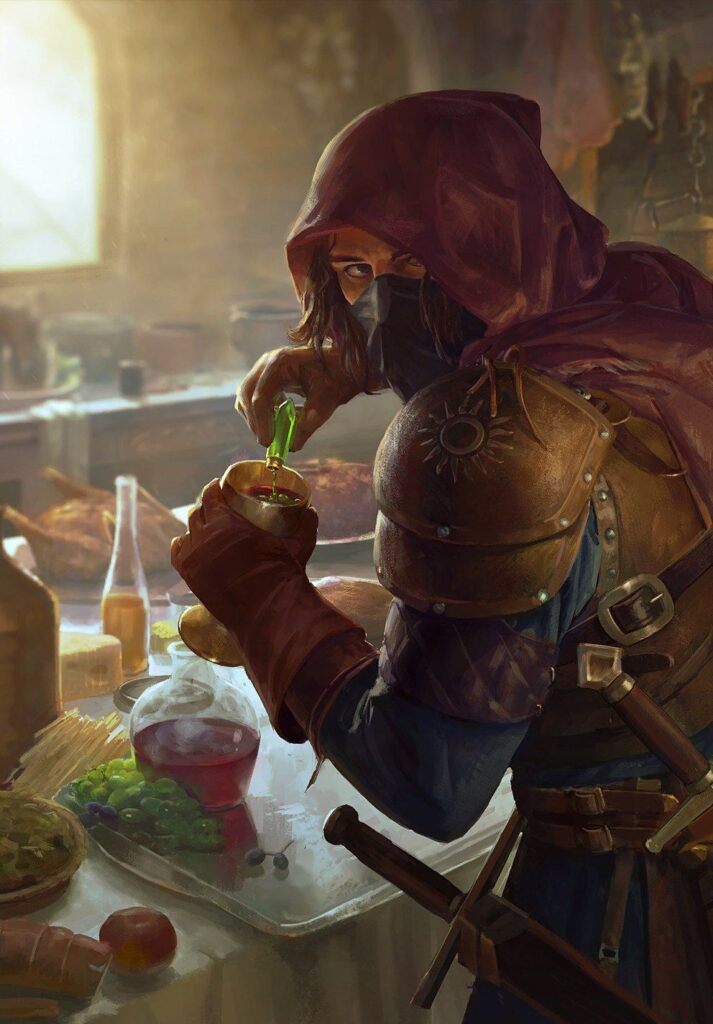
Skilled as they are in handling toxins, the Poisoner does not suffer this penalty should they accidentally envenom themselves. Indeed, a Poisoner gains a bonus to all poison saves: +1 at levels 1-5; +2 at levels 6-10; and +3 at levels 11-15. Such is the demands of research and practice with toxins, that a Poisoner incurs a -10% penalty to all experience points gained (which may be offset by racial bonuses to experience, as I describe here).
The Spy is a master of disguise and infiltration, able to slip into supposedly secure areas and steal secrets for the Spy’s superiors—or for their self. The Spy has the abilities of Move Silently, Hide In Shadows, and Read Languages as a thief of equal level (recall that ordinarily, assassins count as having these abilities as a thief two levels below their own).
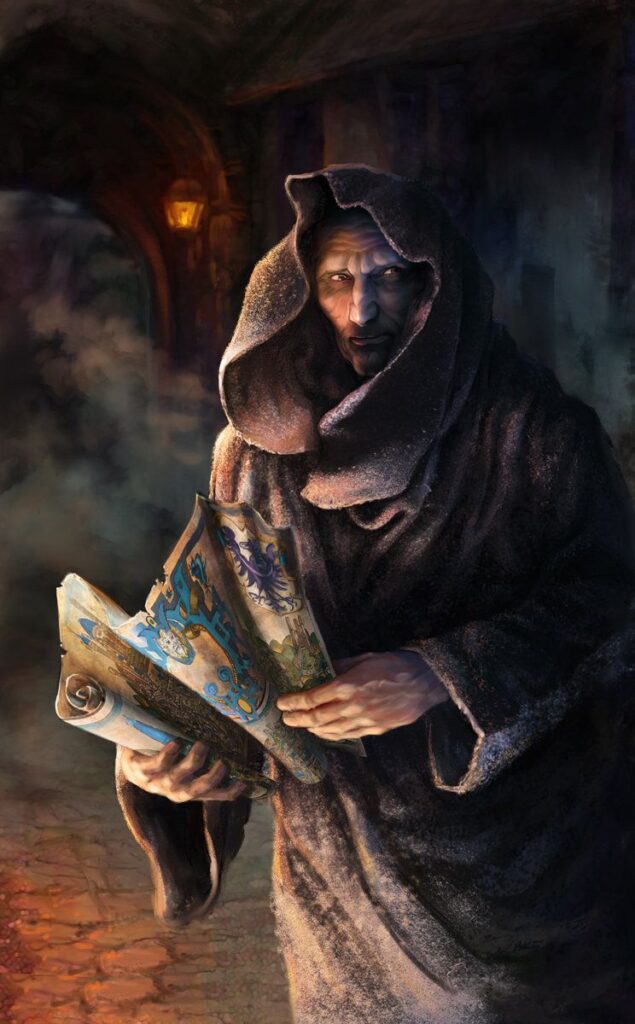
In addition, the player of a disguised Spy that is noticed (see PHB, page 29) can force the observer to reroll that attempt to notice; i.e., the Spy has an automatic attempt to maintain their disguise. A Spy can automatically reroll a failed mission (see page 18 of the DMG), and accomplishes their mission in half the regular time. Similar to the Poisoner, the Spy incurs a -10% penalty to all experience points gained.
The Sniper deals death from afar, a hidden marksman skilled with the bow, crossbow, blow gun, or some other missile weapon. The Sniper can select one type of ranged weapon to be their “signature weapon.” When using it, the assassin gets +2 “to hit” and damage, and assassination attempts made with it have a +10% bonus to succeed.*
*If a multi-classed or dual-classed fighter/assassin were to choose to be a Sniper, they could, as a fighter, specialize in their “signature weapon,” but bonuses would not stack. Instead, the character would use the better “to hit” and damage bonuses, either from weapon specialization, or from use of a signature weapon. See this post for more about specialization.
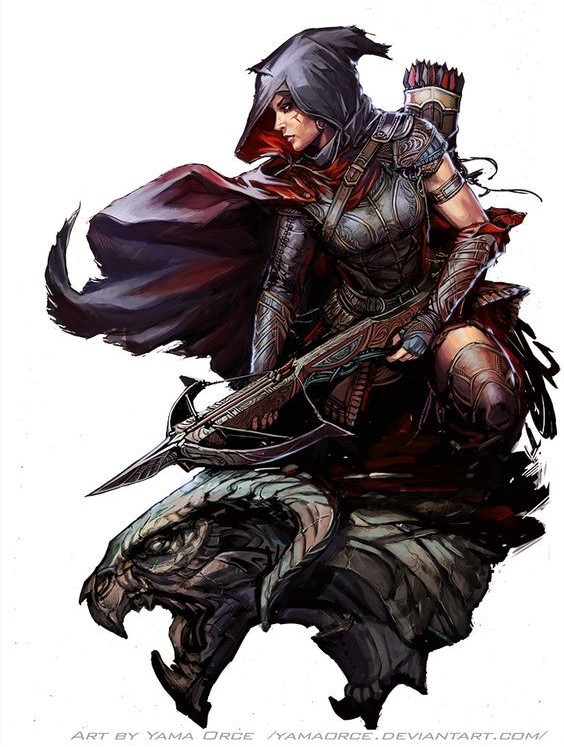
In the case of a weapon that could be used either as a melee weapon or a missile weapon (such as daggers, hammers, or hand axes), the bonuses “to hit,” damage, and assassination apply only when the weapon is used at range. The Sniper Hides In Shadows as a thief of equal level, but incurs a 10% penalty to all experience points gained.
The Thug is the most brutal of assassins, more reliant on force than their colleagues. Similar to the Sniper, the Thug has a signature melee weapon that grants them a +2 bonus “to hit” and damage, as well as a +10% bonus to assassinations.* The Thug incurs a 10% penalty to all experience points earned.
*The same restrictions that apply to a multi-classed or dual-classed fighter/assassin Sniper also apply to a similar character who has chosen the Thug life.
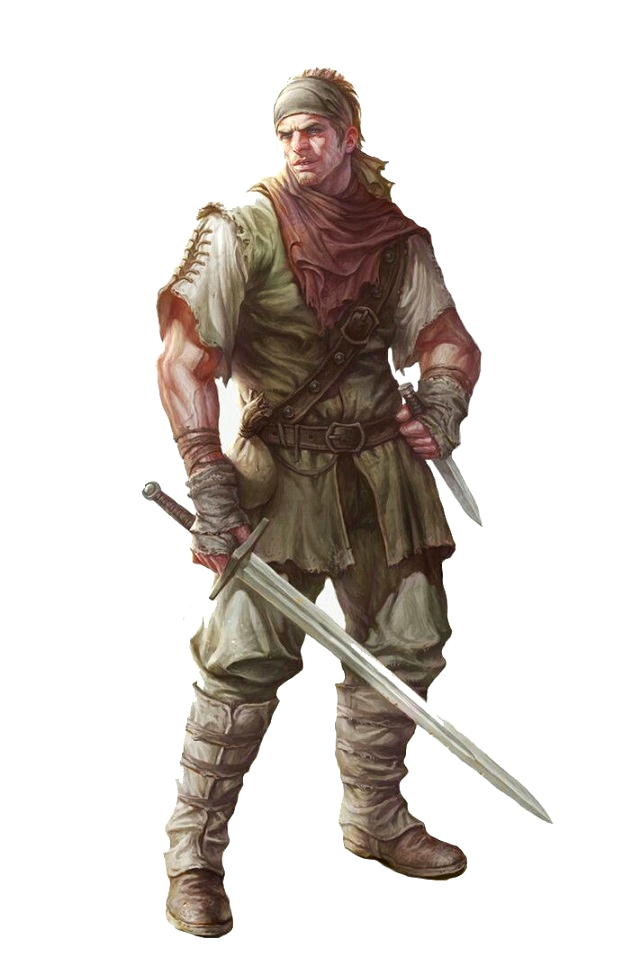
Because the Thug has to rely on close combat but cannot wear heavy armor, they are trained to dodge blows in close quarters. Any time that the Thug is not surprised and is hit in melee combat (not by missiles), they may make an Evasion roll which, if successful, negates the attack, similar to how magic resistance works on spells.
The base chance of success is 10% at 1st level, going up +5% at each level, topping out at 60% at levels 11 and up. Evasion cannot be attempted in any armor heavier than leather, and is modified by +2% for a Dexterity of 16; +3% for a Dexterity of 17; +5% for a Dexterity of 18; and +8% for a Dexterity of 19 or higher. Dwarves, elves, and gnomes get a +5% bonus to their Evasion rolls; halflings get +10%.
Of the PCs in my current campaign, we have two thieves–a Confidence Artist, and a Cat Burglar–and one assassin–a Poisoner. They’ll all effective, interesting characters, and the players have a great time running them. The 8-sided hit dice and better “to hit” tables let them meaningfully contribute to combat in party that also has four fighters who specialize in weapons and use Fighting Feats.
In the next few posts, I’ll talk about how I improved magic-users, illusionists, clerics, and druids (bards, too), but before then, I’ll need to describe the overall changes I made to spellcasting.
Kenton Kilgore writes killer SF/F for young adults and adults who are still young. His most popular novels are Lost Dogs and Stray Cats, and now you can get them both for one low price in this Kindle box set, available only on Amazon for $4.99!

In Lost Dogs, when our world ends, their struggle begins! After inhuman forces strike without warning or mercy against mankind, Buddy, a German Shepherd, must band with other dogs to find food, water, and shelter in a world suddenly without their owners. But survival is not enough for Buddy, who holds out hope that he can find his human family again.
In Stray Cats, cats really do have nine lives–but they live them all at once, on different worlds. This follow-up to Lost Dogs features the adventures of Pimmi across the multiverse as she faces off against a cosmic menace threatening her and everyone she loves. But against such power, how can one small cat–even with nine lives–prevail?
Included in the boxed set are:
- An alternate ending for Lost Dogs;
- Lost Dogs original (2014) cover art;
- Excerpt from Kenton’s next fantasy novel, The Scorpion & The Wolf (coming 2024);
- Artwork from The Scorpion & The Wolf, by Alyssa Scalia
Dog lovers love Lost Dogs, and fans of felines adore Stray Cats. At last, you can have them both at one low price–get them now!
